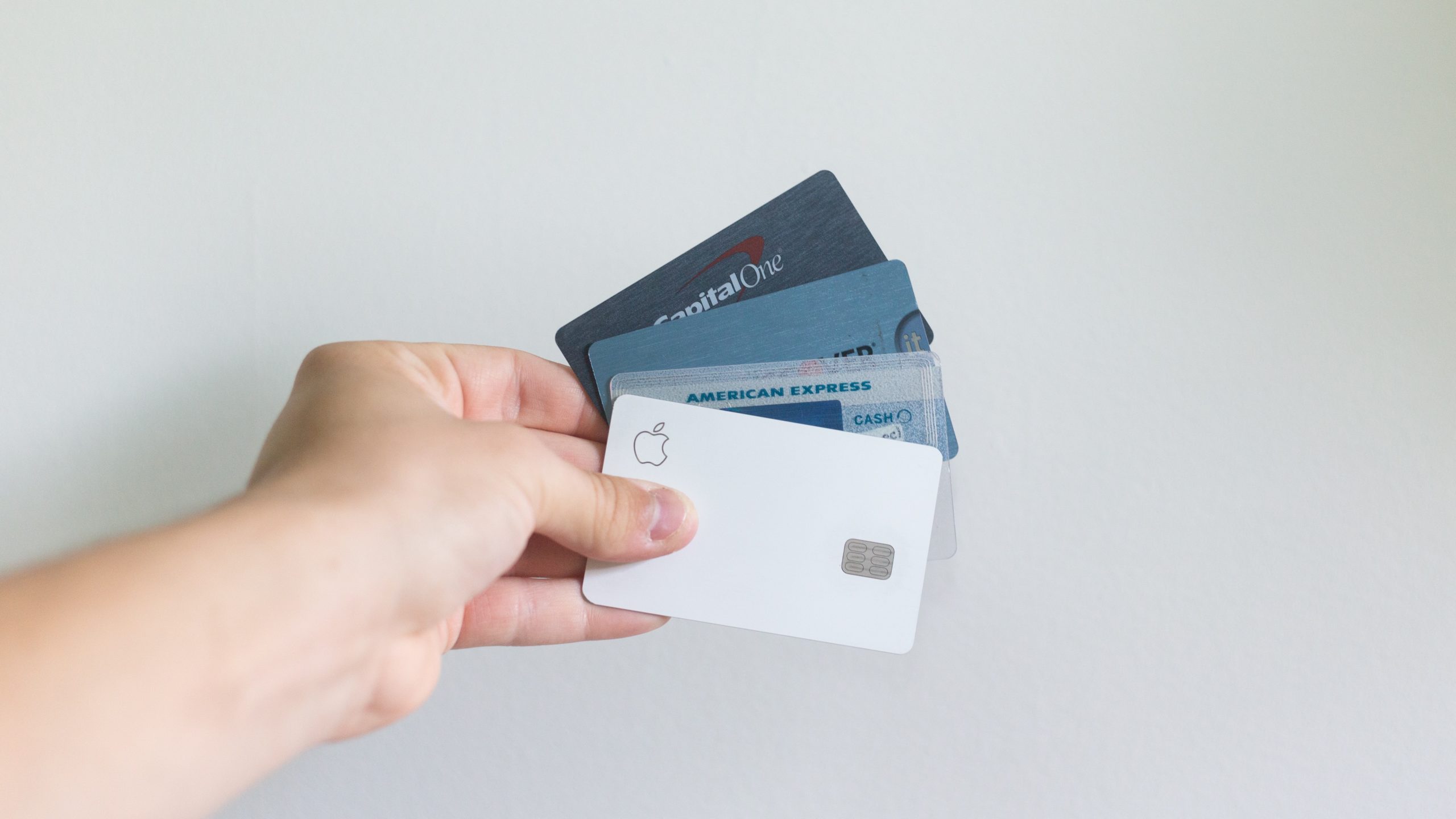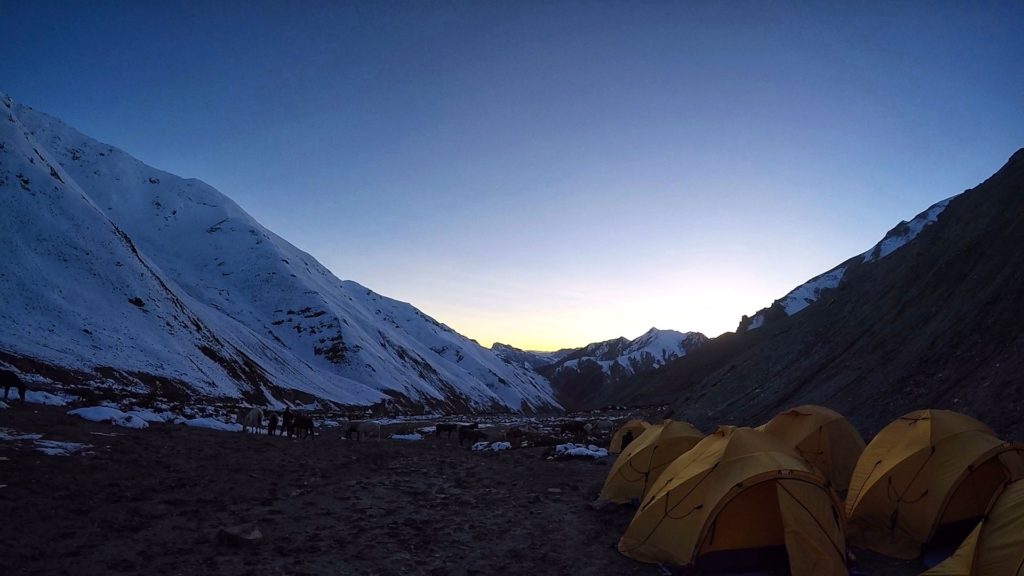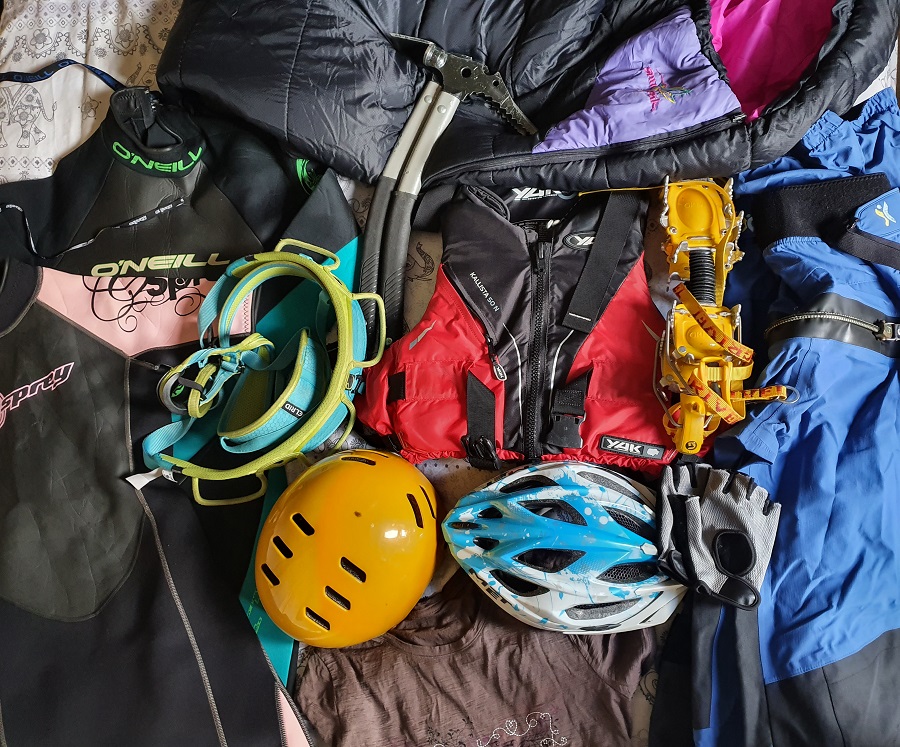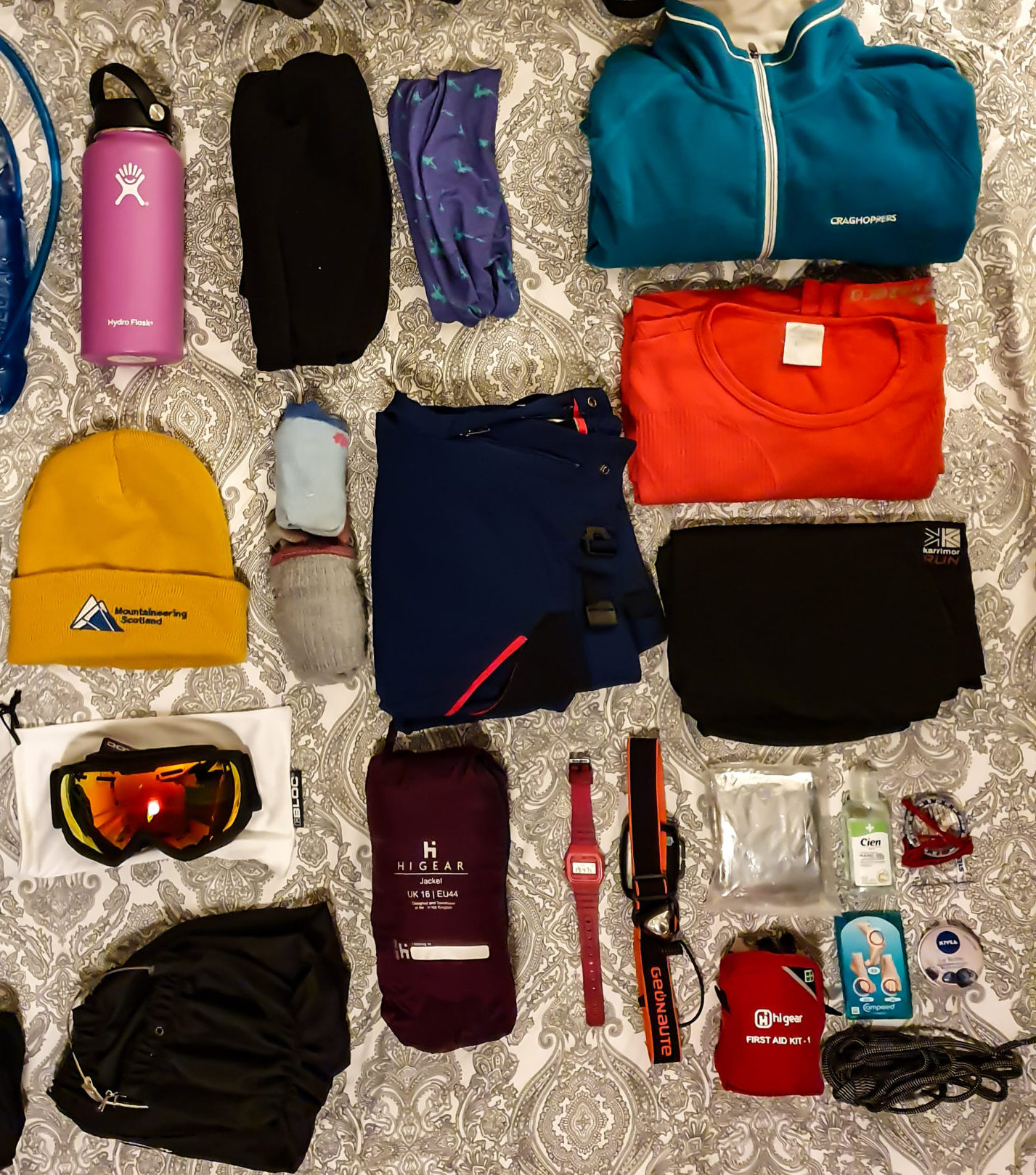
How I Budget My Adventure Funding
I am not a wealthy woman. Nor am I from a wealthy background. And I am shit at saving. But reality is, expeditions cost a fortune. My expeditions normally cost between £1,500 and £2,500 per trip. It’s a daunting figure in itself, and adventure funding is something that puts many people off of going for big expeditions. So how do I do it? I want to give you an honest insight into how I afford my big adventure dreams.

Payment Plan
This is the main reason I can afford expeditions. For those that follow me on Instagram or Facebook, you’ll notice that at the point where I rave excitedly about booking an expedition, the actual trip is usually over a year away. This is to give me plenty of time to pay up the expedition cost, plus sort out my gear and training.
Many companies can offer payment plans for trips. Some advertise this (e.g. 360 Expeditions who I have used a couple of times now), and some do not. Your best bet is to email the company. Providers are normally down-to-earth adventurers who are fully aware that expeditions can be costly. Drop them an email, have a chat, and see if they can arrange a payment plan with you.

Sorting out debts
When I first got a credit card, I only used it when I knew I could pay it back. That included a deposit for an expedition and I budgeted to pay it back very quickly. However, unexpected life changes led me to a drastic financial change and needing to rely on credit cards for daily life. It sent me down a very slippery slope. But I know I am not alone here. Many of us are in some sort of debt. It can be a heavily isolating, lonely and overwhelming experience. If this rings true, know that you are not alone.
When I was looking to book Russia, I had a serious conversation with myself about debts. The interest rates on the two credit cards I had were absolutely killing my budget, and severely impacting my ability to pay for Mount Elbrus (never mind daily outgoings). After careful consideration, I used a bank loan to consolidate my debt all into one place. This halved my monthly outgoing on debt repayment. I also now have a set payment every month that will not change. This allows me to factor in expeditions into my budget much easier than before. And, the best part is, I have an end date too – a date that the loan will be fully repaid and I will be debt free. Yaldi 🙂
Note: I am not a financial advisor or a debt consolidator. I just want to be honest and open about my adventure funding, in the hope that it will give some comfort to anyone in a similar position. Debts and finances are still such a hushed subject, and in my opinion, it’s bullshit. If we spoke more openly and supported each other, we would all feel MUCH better. I hope that this shows that there are still ways to find a path to your big adventure!

Part-Time Job
At the start of 2020, I took a part-time job to help me earn some extra money towards savings and expeditions. I was working my full-time job, Monday to Friday 9-5:30pm. Then my part-time job was a couple of evenings a week, 5:30pm – 8:30pm, and Sundays 10:30am-4:30pm. It was exhausting at times, but I just kept thinking about my trips and how it would all be worth it.
My earnings went straight towards my insurance payment. This is expensive but a necessity, and always a part of adventure funding I worry about. Thankfully my part-time job took the load off.
Speaking of insurance, I always use True Traveller for my expeditions. Their website is easy to navigate and I’ve found they are the simplest when it comes to understanding what type of cover is best for my trip.

Second Hand Selling & Buying
If you’ve spent any time with me, I speak about eBay a LOT. A huge chunk of my adventure gear is all from eBay, saving me loads of money on expedition kit. Most of it is brand new or barely used, but at a fraction of the retail price!
I also love selling on eBay. Once in a while, I’ll go through my wardrobe and pick out anything that is good quality but I haven’t worn in a while. Over my 20s, my stiletto heels have gradually been replaced with climbing shoes and hiking boots, and I no longer buy clothes regularly throughout the year (mainly because of the ethical and environmental side). So selling off anything that is collecting dust gives me some extra money to pocket for expeditions.

Charity Expeditions
When doing a fundraising expedition, many charities have an option to include the price of your expedition in your fundraising goal. Normally, this will amount to over half of the funds going directly to charity, and the remainder to your trip. I did a half-and-half version of this for Everest Base Camp, where I paid for half of the expedition, then the rest came from fundraising.
Some people are okay with this, others are not. I see no issue with this, as long as you are genuinely wanting to raise funds for the charity – rather than simply to get a “discounted” expedition. For example, I chose the British Heart Foundation before I even thought about doing Everest Base Camp. I wanted to fundraise for a charity that I have a personal connection with. I looked at the BHF website, looking for a challenge (thinking more a skydive in Scotland type-thing) and they happened to be advertising Everest Base Camp.

More to come!
I hope these tips have given you a little insight into how I handle adventure funding. There is so much more to come on this topic too. I am researching companies providing pay plan options, as well as a list of adventure grants available.
I am also currently planning an exciting adventure for myself that does not involve a provider company. All budgeting and logistics will be arranged myself, and I’ll collate it in a post.
Make sure you’re getting my newsletter to hear when these posts are out! And speaking of funding, my posts are all provided free of charge, but if you wanted to help support this blog, I am always open to coffee purchases.

